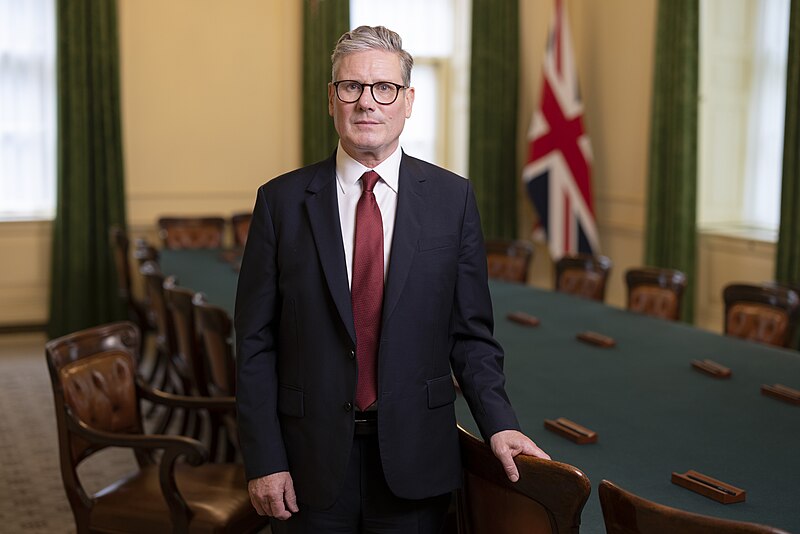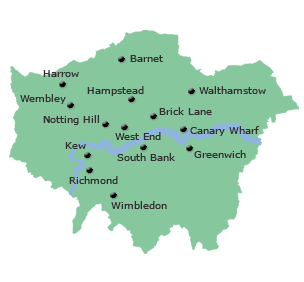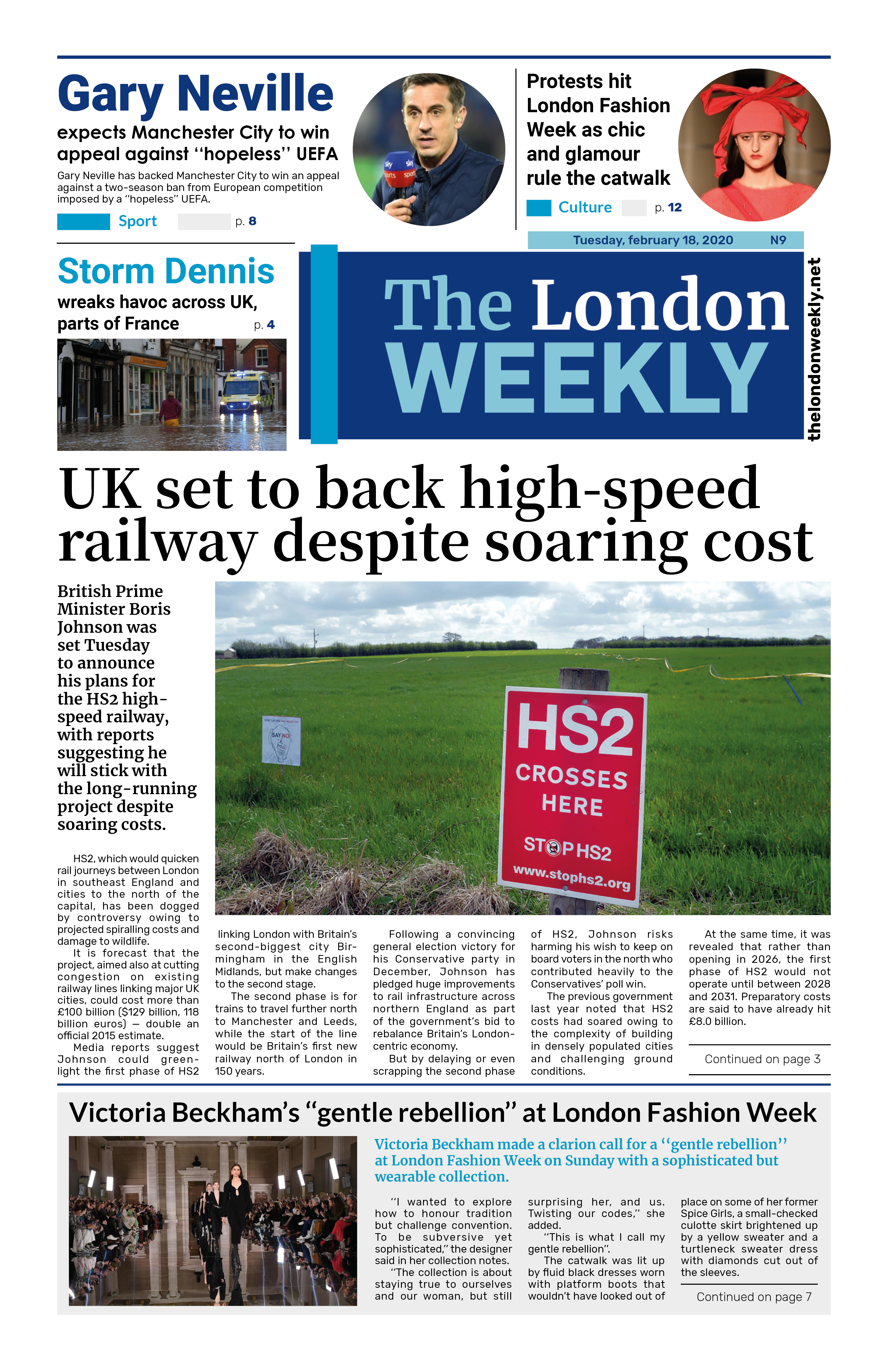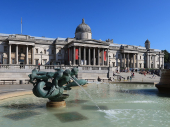
The UK will commit to spending 5% of its GDP on defence by 2035, Prime Minister Keir Starmer has announced, following weeks of diplomatic discussions and pressure from international allies.
The pledge comes ahead of a critical NATO summit in The Hague, where leaders will address growing global instability and calls for Europe to take greater responsibility for its own security. The UK's commitment aligns with NATO’s revised defence spending targets, although Britain has secured a slower timeline compared to some partners like Poland.
The 5% target will be divided into two components: 3.5% dedicated to core military spending, and 1.5% allocated to broader national resilience, including infrastructure, cybersecurity, energy security, and economic preparedness. Military leaders are expected to broadly support the announcement, though some officials have expressed concern that the figures may blur the line between direct defence spending and other government expenditures already covered by the Treasury.
The announcement follows mounting pressure on Chancellor Rachel Reeves from Labour MPs and defence leaders urging the UK to boost its defence budget amid fears of falling behind NATO peers.
No 10 is positioning the move as a significant step ahead of Tuesday’s summit, which will include US President Donald Trump. Some MPs, however, worry that revealing the plan now may reduce the UK’s negotiating power at the summit.
The government is also expected to unveil its new national security strategy on Tuesday, which will include a long-promised review of relations with China—one of Labour’s key election promises.
Britain has already committed to raising defence spending to 2.5% of GDP by 2027–28, with an eventual aim of reaching 3% during the next parliamentary term. The new 5% target significantly raises the bar, although it won't be fully realised until after the next election cycle.
NATO Secretary General Mark Rutte has urged all members to adopt the 5% goal amid shifting geopolitical dynamics and President Trump’s renewed calls for allies to increase their defence contributions. The US currently spends about 3.4% of its GDP on defence.
UK officials say the broader definition of defence reflects modern threats, such as supply chain disruptions, digital sabotage, and economic coercion. However, critics note that the delayed timeline—2035, three years later than NATO’s preferred 2032 deadline—was the result of tense negotiations and Treasury resistance.
Starmer will travel to The Hague amid heightened global tensions, including ongoing conflict in Ukraine, increasing Russian aggression, and recent Israeli and US strikes on Iran. He is expected to use the summit to reaffirm the UK’s unwavering support for Ukraine, stating that lasting peace is only possible through continued strength.
Some NATO allies have moved more aggressively. Germany has committed to a €500 billion rearmament programme and aims to hit 3.5% defence spending by 2029. Poland and the Baltic states are already spending 4–5%, while Spain has negotiated to keep its defence budget just above 2%, arguing it can meet NATO commitments with less.
Currently, the UK spends around 2.3% of GDP on defence. NATO is set to conduct a formal review of progress toward the 5% benchmark in 2029, by which point Starmer and Reeves will face renewed scrutiny over whether their commitments have translated into action.
A Downing Street spokesperson called the pledge a “generational increase in defence and security spending,” adding it would significantly bolster the NATO alliance, given the UK’s role as Europe’s second-largest economy and NATO’s third-largest contributor.
Starmer said: “This is a chance to deepen our commitment to NATO and invest more broadly in the UK’s security and resilience. Economic security is national security—and this strategy ensures we take the whole country with us.” Prime Minister’s Office, Wikimedia commons.



































